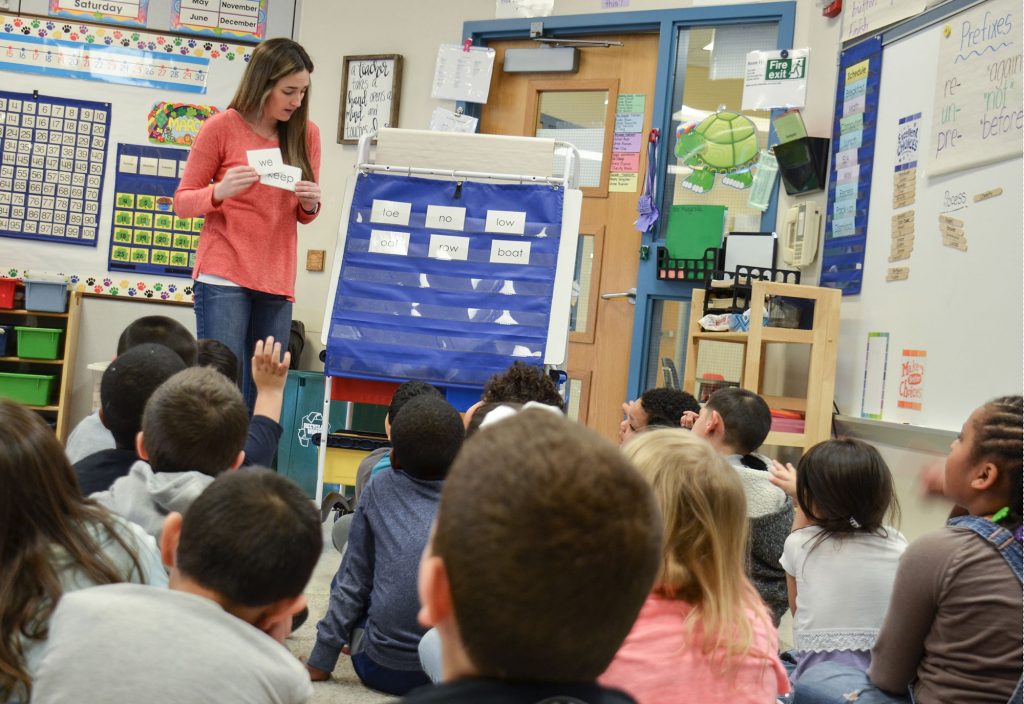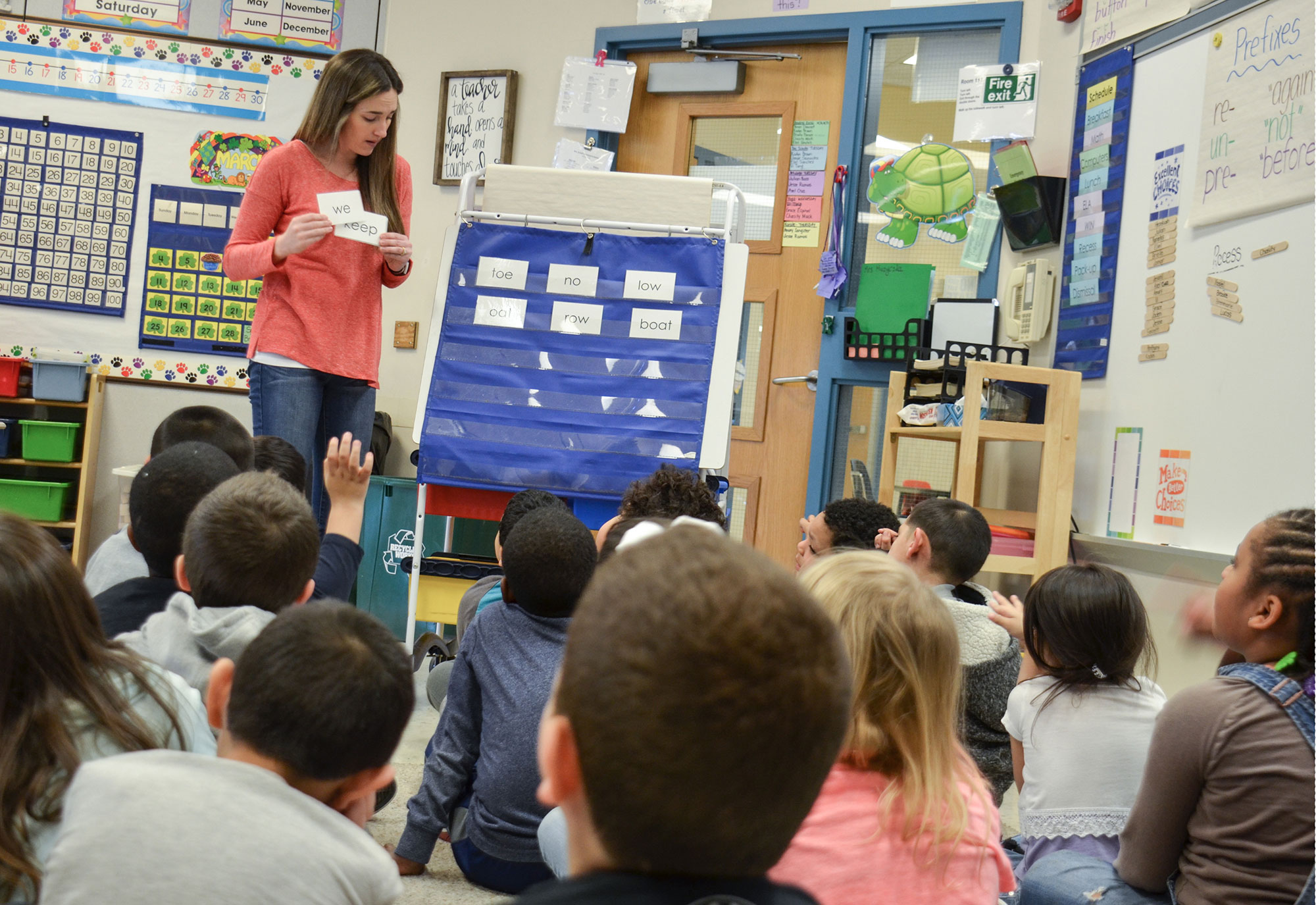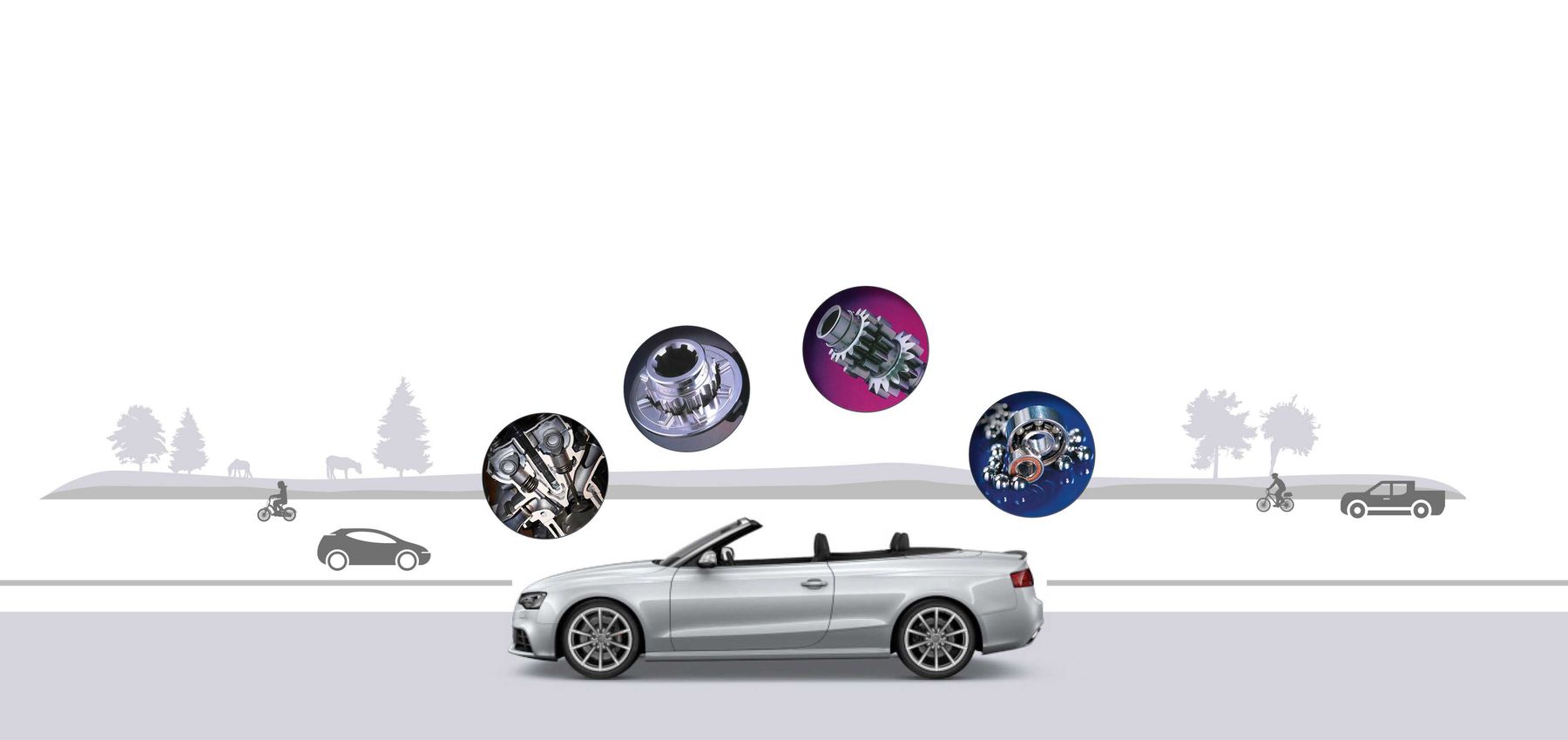
Vision is one of the primary senses when channelling children’s learning. Schoolchildren need to see the teacher well, distinguish and read what they put on the blackboard, in books and on the computer to assimilate concepts. Also, their vision plays a vital role in writing, fine motor skills, eye-hand coordination and is very valuable in the subject of Physical Education and extracurricular sports, both for teams and individuals. Through sight, students follow the instructions of the educator or coach and acquire motor skills to function in the environment of these physical activities, act together with their peers, perceive the game scheme or the team’s strategy.
Vision And School Failure
According to research, 25% of children in our country have some visual problem. These vision anomalies are responsible, in turn, for a third of the cases of school failure, according to the figures that we see in ophthalmology consultations and also in Pediatrics.
Are The Ophthalmological Examinations Carried Out In Some Schools Enough?
According to specialists, in general, these exams can give a clue about every available visual problem in children. Still, they usually ignore the vast majority of ocular pathologies, refractive problems and other visible alterations that may be less obvious. For this reason, it is advisable to take the little ones to the ophthalmologist and optometrist so that they do a complete scan of their vision, medial epicanthoplasty (เปิดหัวตา, which is the term in thai) and detect not only refractive problems (myopia, hyperopia or astigmatism ) but other eye problems that may be less obvious. Lazy eye, strabismus, myopia can go unnoticed in their early stages. If they are detected and corrected in time, they prevent the little one from having a wrong time in their daily life, which takes place mainly at school.





